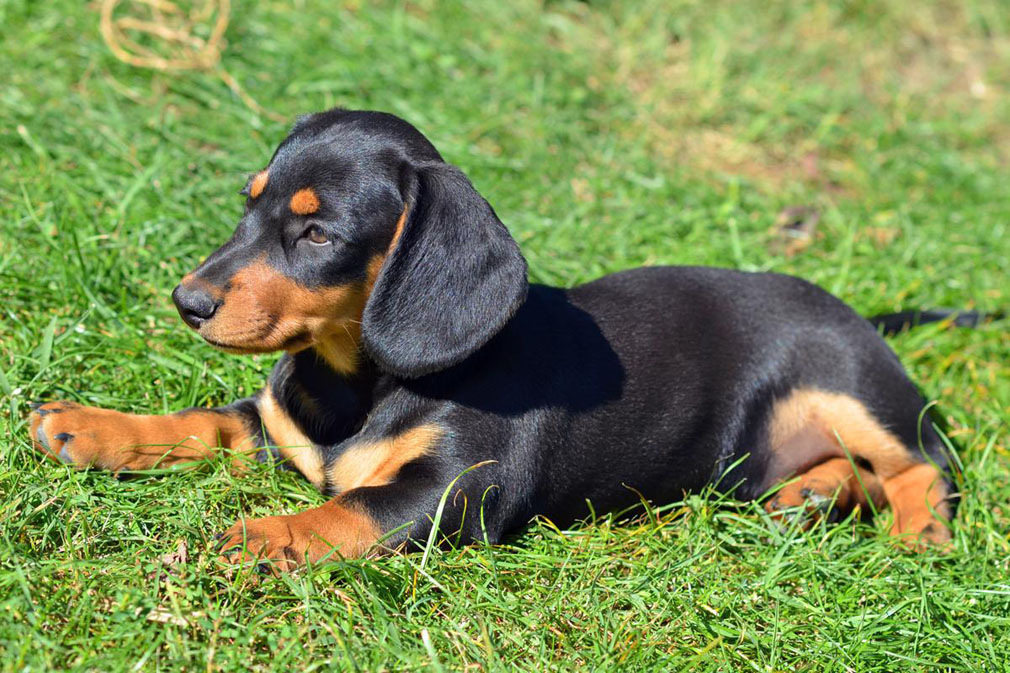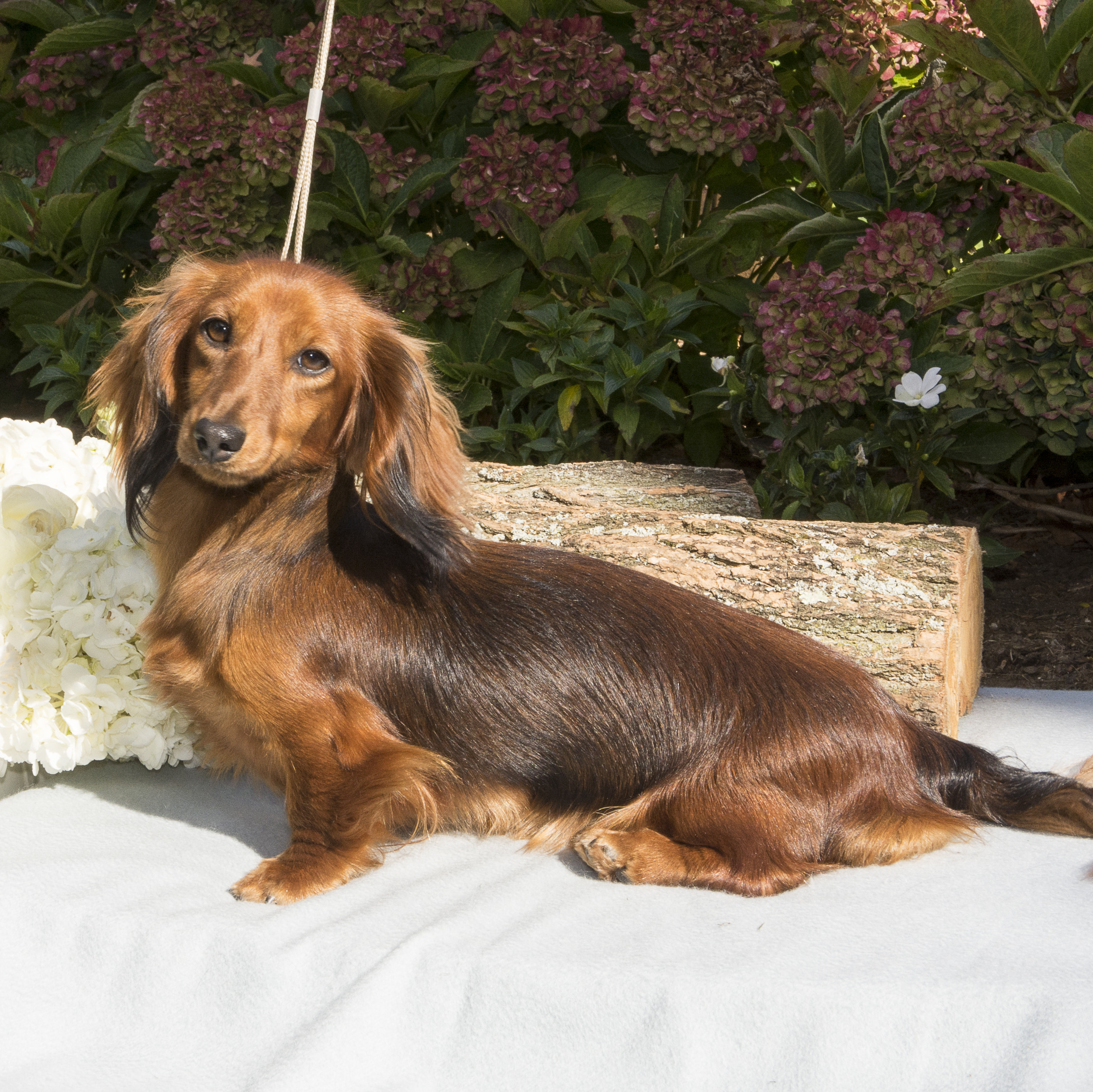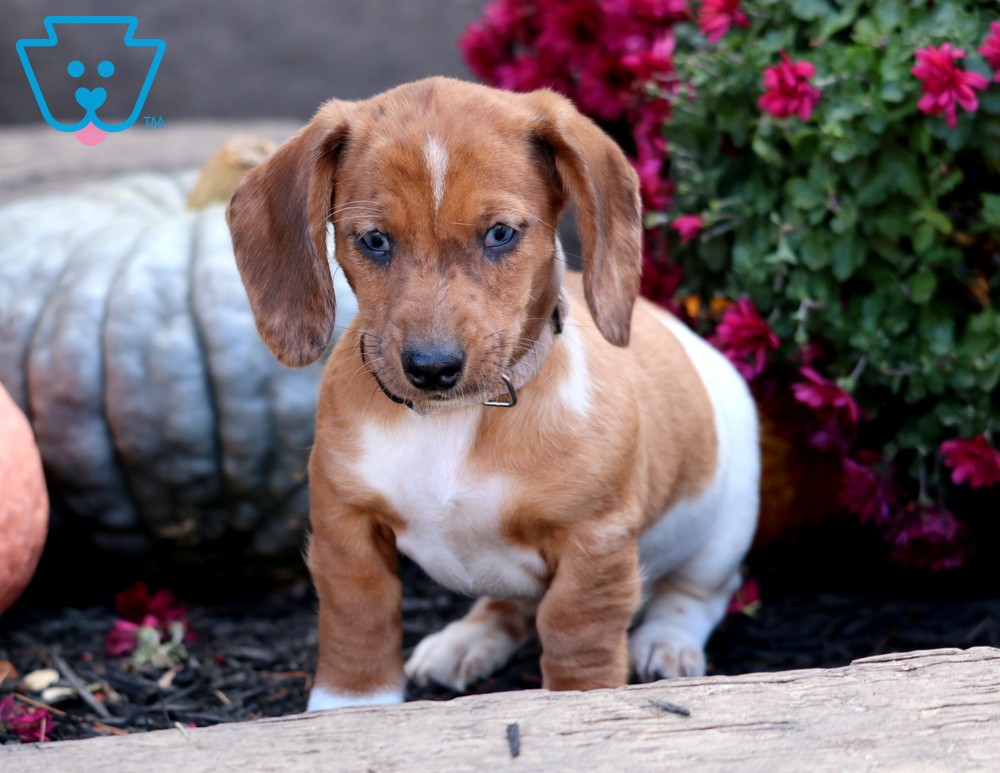
These small and long dogs are known to be clever, courageous and lively.

Today, these dogs are known as great family pets in the United States and Great Britain and are still seen as proper hunting dogs in some areas of Europe. They went through a similar struggle during World War II, but not as severe. After the end of the war, some of these dogs were imported from Germany into the United States and the breed began to grow. The breed went through some tough times during World War I, as they were associated with Germany. The Dachshund Club of America was then founded in 1895. In 1885, this breed was recognized by the American Kennel Club, and the foundation of the German Dachshund Club followed by closely in 1888.

Due to their growing popularity as a pet, the miniature version was created. They became a favorite amongst the royal courts in Europe, including the court of Queen Victoria. It was in 1800 that this dog began being bred as a companion pet and not a hunting dog. They would then use their loud bark to be heard and pulled from the badger hole by the gamesmen. With their long bodies with small, powerful feet for digging, these dogs could make their way into badger holes where they would hunt and kill the badger. The other types of Doxies, the wirehaired and longhaired, were most likely formed by crossing the Dachshund with Spaniels and Terriers respectively.

The smooth variety was the first to come into existence and was the creation of crossing the Braque and the Pinscher, and possibly the French Basset Hound as well. With a goal to create a dog that would be fearless but small enough to dig into badger holes, the foresters from Germany in the 18th and 19th century spent time creating this feisty breed. In their place of origin, Germany, these dogs were called badger dogs, as they were bred and used as hunting dogs for small prey.


 0 kommentar(er)
0 kommentar(er)
